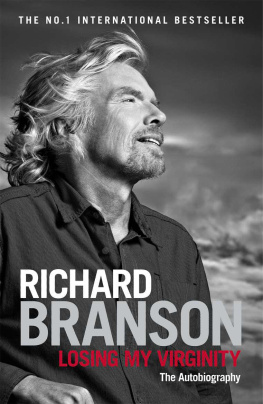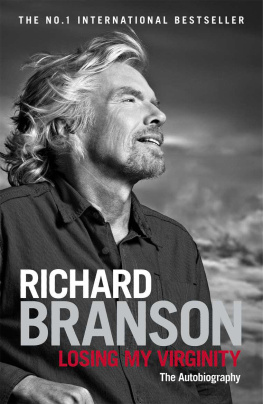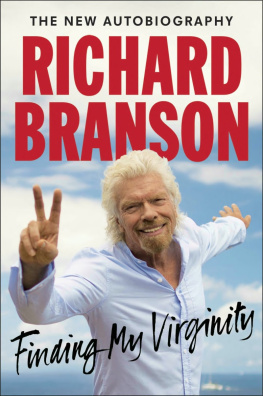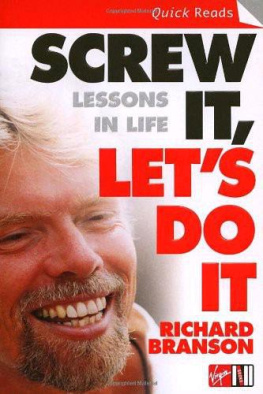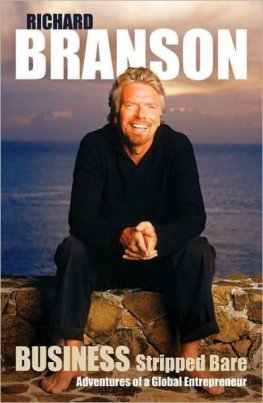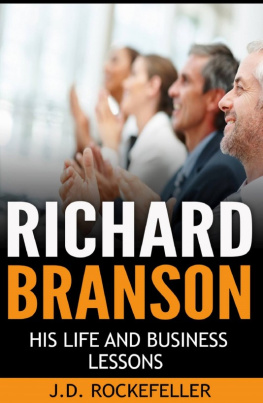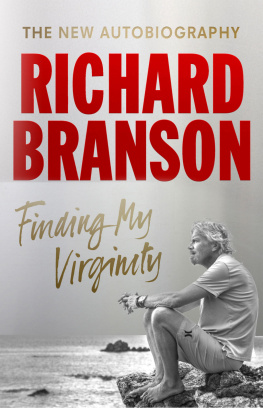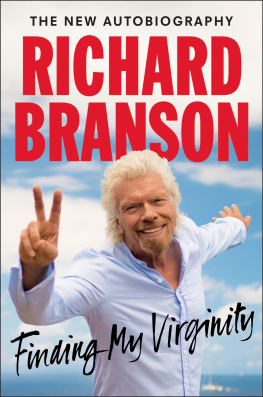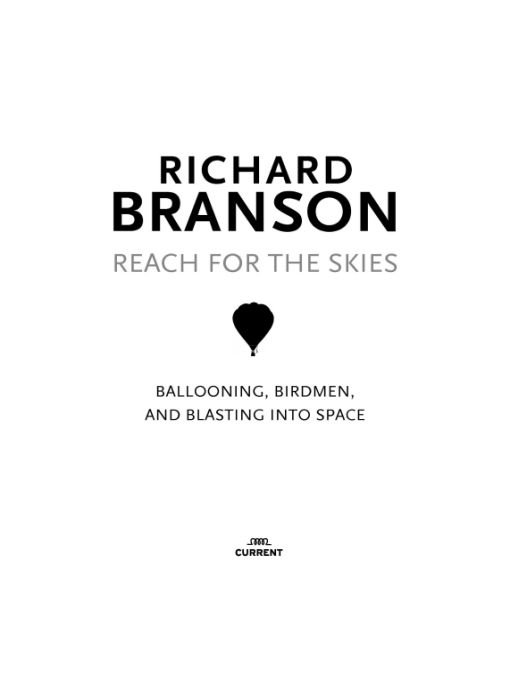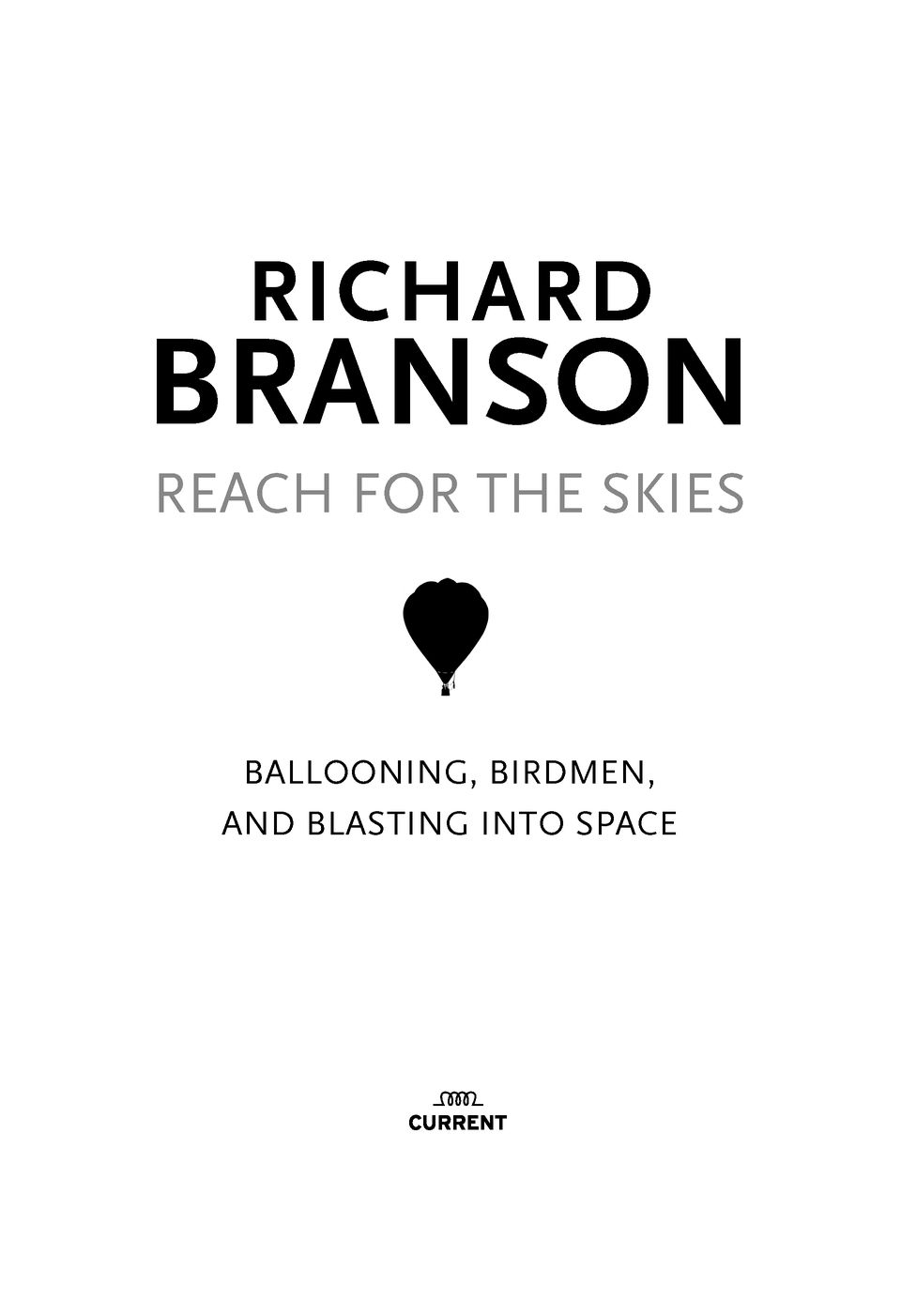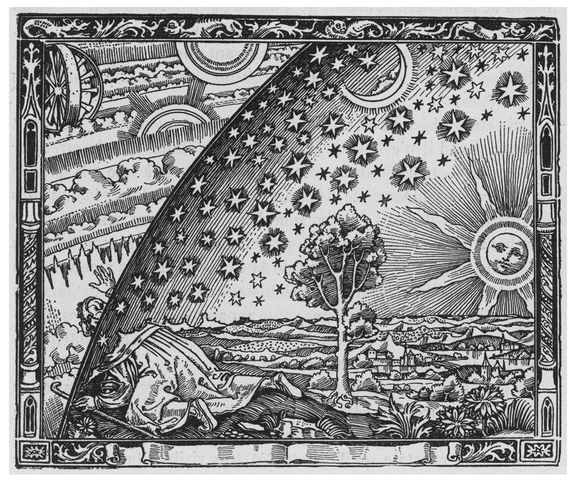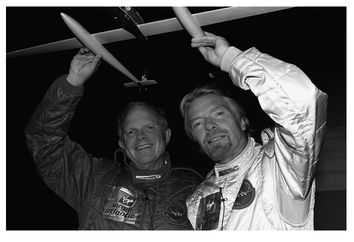By the Same Author
Losing My Virginity: The Autobiography
Screw It, Lets Do It: Lessons in Life and Business
Business Stripped Bare: Adventures of a Global Entrepreneur
This book is dedicated to lost friends and vanished acquaintances: to the aviators and adventurers whose friendship enriched my life and who later paid the ultimate price for their dreams.
Prologue
When I was a young boy we used to spend our summer holidays with my aunt Clare in the county of Norfolk. She was a close friend of Douglas Bader, a Second World War fighter ace who had lost both his legs in a plane crash. We would often go swimming in the millpond at the bottom of her garden. Douglas would unstrap his legs and haul himself into the water. Seizing my chance, I used to run off with these tin legs and hide them in the rushes by the waters edge.
There are few things more thrilling for a small boy than to be chased by a decorated war hero. Even better, I knew I could not be caughtor so I thought. I was about to learn that years of combat experience are a powerful weapon against horrid little boys. Legs or no legs, victory comes to the pilot who tumbles out of the sun upon his enemy, holding his fire until the last possible second. I ran around the corner of my aunts mill houseand stopped dead, horrified, as this great barrel of a man, growling and gnashing his teeth, bounded toward me on powerful arms. I screamed for help.
From her deck chair, Aunt Clare shot me a look that, had it been directed at an airplane, would have seen it plummeting into the ground. Good God, Richard! Would you give Douglas back his legs!
If, in my life, I have associated ideas about ambition and achievement with dreams of flight, it is thanks to Douglas Bader, who used to take my aunt out flying and, true to form, would hurl their plane through all these daring aerobatic maneuvers. (I think he fancied her.) With his example before meone of the great flying aces of the Second World Warwas it any wonder that I turned out the way I did, always reaching for the skies? I wasnt the only child of my generation to be inspired by his example and his story. (Paul Brickhills biography of him, Reach for the Sky, later to become a film starring Kenneth More, is the classic to which this book pays homage.) Dont listen to anyone who tells you that you cant do this or that, he once said. Thats nonsense.
As far back as stories go, pioneers have reached for the skies. In the past 200 years, they have mastered the air and made the modern world possible. Today they are bringing outer space within our reach. Theyre inventors and toy makers, amateurs and adventurers, visionaries, dreamers, and, yes, crackpots. Some have called them irresponsible, even dangerous. But I have met many of them. I have worked with them, funded them, and flown with them. I admire and trust them, and I think they and their kind are our future.
Some paid the ultimate price for their efforts. Richard Ellis taught me to fly, or tried to. Alex Ritchie, a brilliant engineer, and Steve Fossett, an aviation pioneer, were friends. Fumio Niwa was a gallant and charming rival as we strove to balloon across the Pacific. In 2006, I climbed aboard an English Electric Lightning supersonic jet with the South African pilot Dave Stock. We were attempting to break the world vertical speed record, rising from a standstill on the runway to an altitude of 29,000 feet in less than 102 seconds. We missed the record by only 2 seconds, and Dave went on pushing the boundaries. In November 2009, at the Overberg Air Show in South Africa, Daves Lightning failed.
Hydraulic malfunction, he announced, cool and professional to the last. Im bailing out. A second later he said, I have ejector seat failure. Dave died with his plane as it crashed to the ground. He was in his forties and had two children. Dave and the others were all my inspiration as I assembled this history. In these pages you will find tales of heroic rescues; of records made and broken; of incredible feats of endurance and survival, including some of my own adventures, as well as developments in the future of air (and space) travel. It is a story of pioneers, and of course it includes the world-famous Montgolfiers and the Wright brothers, but I also want to describe some of the lesser-known trailblazerspeople like Tony Jannus, who in 1914 created the first scheduled commercial flight in the world, flying his passengers over the waters of Tampa Bay at an altitude of just 50 feet; the birdman Leo Valentin, who in the 1950s jumped from 9,000 feet with wooden wings attached to his shoulders; and my friend Steve Fossett, who dedicated his life to breaking records and having adventures.
This is their story. It is also, in a small way, my own.
Introduction
In Memory of Steve Fossett
IT was a freezing January evening in 1997. At the old Busch Stadium in St. Louis, Missouri, a man by the name of Steve Fossett was about to attempt a solo circumnavigation of the world by balloon. Since we were competitors, and I had not met him before, I decided to wish him luck and wave him off.
To this day, the newfangled world of extreme aviation is sustained by a very old-fashioned spirit of sportsmanship, and I was looking forward to shaking my rivals hand. When I arrived and saw the balloon, however, incredulity pushed every other thought out of my head: what madman, I wondered, would put his life at risk in this tub? It appeared to me to be one of the most primitive and gimcrack contraptions I had ever seen. This was no jet-stream surfer. This was a balloon built to suffer the outrages of regular, low-altitude weather. He expected to get around the world like this? In this? I got to chatting with one of the ground staff and was just about to comment, not too favorably, on the whole enterprise, when a TV crew approached. Since the cameras were running, I reined myself in a bit.
You know, I said, this guy must be even madder than me.
The man nodded. Yeah. He sighed. He reached out his hand. Im Steve Fossett, he said.
Steve was in his mid-fifties, and had enjoyed a hugely successful career as a floor trader in Chicago, when he decided to see what he was capable of. There was a period of time where I wasnt doing anything except working for a living, he told me: I became very frustrated with that and finally made up my mind to start getting back into things.
Between the mid-1990s and his death in 2007, Steve broke about 130 world records, 93 of them in planes, balloons, and airships, 23 of them in yachts. He climbed most of the worlds highest mountains. He swam the English Channel. He learned to glide and, with copilot Terry Delore, broke 10 of the 21 open-class glider records. He learned how to fly a balloon and was the first man to sail one around the world single-handed.
Steve had a hunger for the world and for finding out how the world ticks. His curiosity was insatiable. The technical and theoretical aspects of his adventures consumed him. He understood, and took great pride in, the technical advances his adventures inspired. By 2007, he was looking for ground suitable for his new car: a jet-powered behemoth that he hoped would carry him to a new world land-speed record. The shakedown runs had proven the cars stability. The Target 800 MPH team, under project director Eric Ahlstrom, said they were good to go. So, on September 3, 2007, Steve borrowed a plane (a Bellanca Decathlon, a single-engine stunt plane, its fuselage and wings made of steel tube, wood, and stretched fabrictechnology as old as manned flight itself) and took off from the Flying-M Ranch in western Nevada on a three-hour scouting flight.


